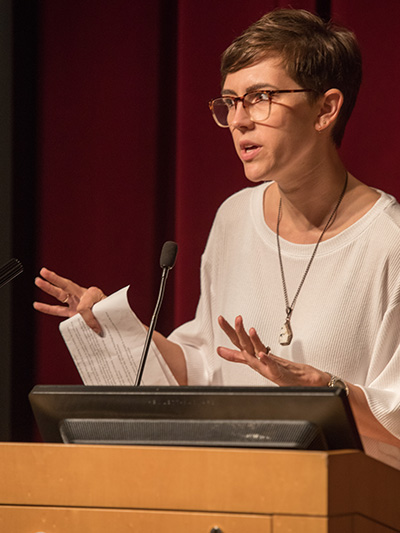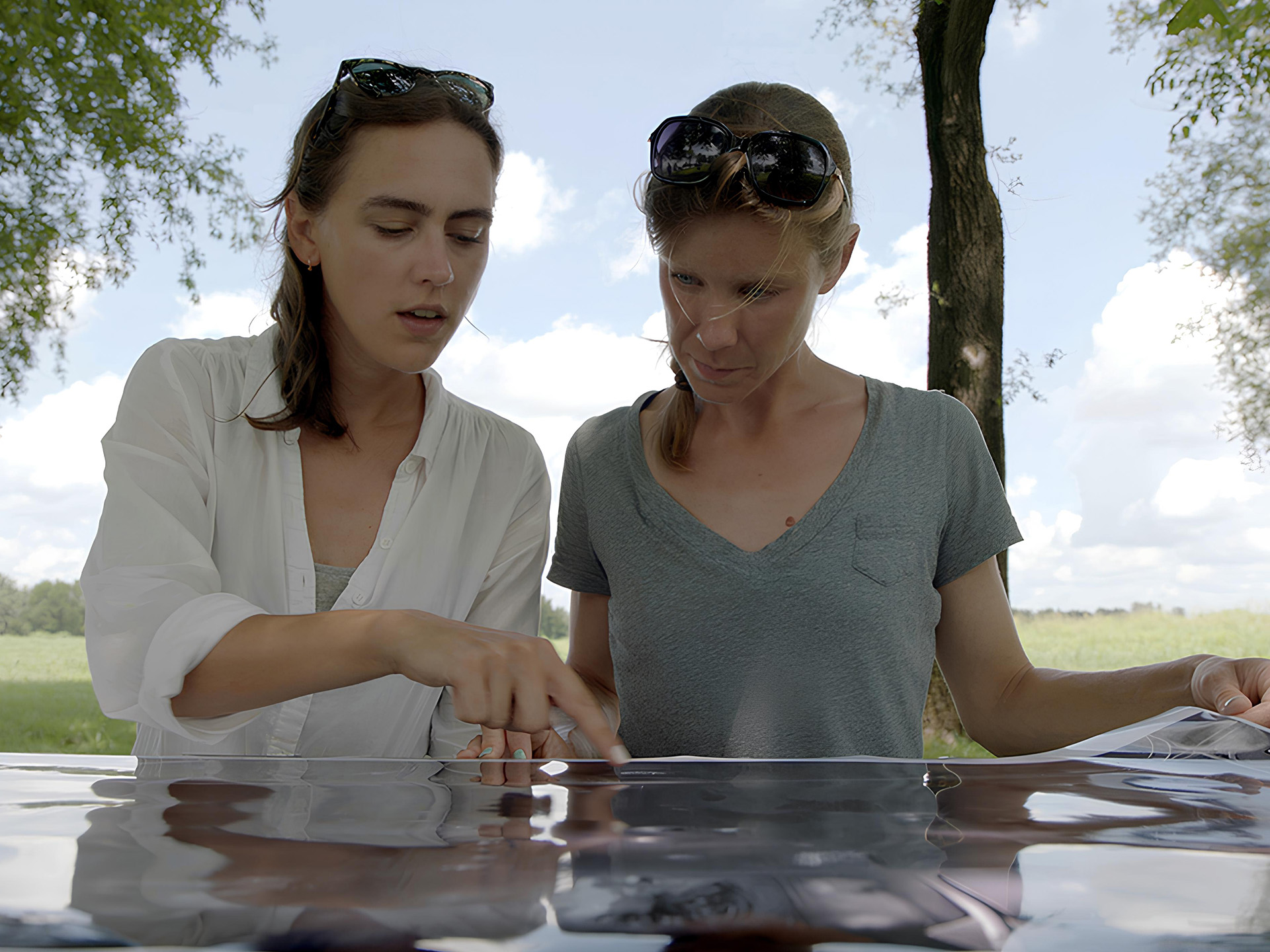- Apply
- Visit
- Request Info
- Give




 How did you end up at Eastern?
How did you end up at Eastern?“I began teaching at Eastern right after completing my Ph.D. in 2014. I was drawn to this school mainly because of its belief in the value of the liberal arts in shaping the next generation of thinkers. The small class sizes, the emphasis on student/faculty research, and the abilities to develop relationships with those students made Eastern particularly appealing.”
“My favorite class to teach is ANT 245: Death and Society. Students who enroll in this class are always excited to discuss their class readings and subject matter. The course exposes students to the ways different cultures throughout time navigate the difficulties of loss. Students resonate with this topic and in some ways it provides them with a space to reflect on their own experiences within the context of the course. We also talk about ghosts and the stories we tell ourselves about death, which can be especially intriguing.”
“My research really informs my teaching. As an anthropological archaeologist I seek to answer big questions about humanity like, “Why did we start building cities? Since 2007, I have been researching Cahokia, an ancient Native American metropolis in what is now southern Illinois.
“Among its peculiarities, all of Cahokia’s sprawling features are five degrees off north, aligning it with a lunar standstill and summer solstice. It contains some of the largest man-made earthen mounds in the world. People don’t hear about Cahokia partly because of the erasure of Native history through the colonial process. A lot of the mounds were destroyed in the 1800s from farming and construction; people would bulldoze the area without thinking about it.”
“When you do archeological research, you come away with one viewpoint of the past — a past that you must understand from the things that people leave behind. Incorporating Native histories makes the archaeological research richer; it helps bring the humanity into the past, which is important.”
My main goal as a professor is to instill in our students critical thinking skills to help them become informed citizens and thoughtful contributors to our society.

Baires was featured in “Cities of the Sky,” the third episode in the 2018 PBS series “Native America,” for her research on Cahokia. She has also been featured on the Smithsonian Channel. Baires has also written two books on the native city, “Land of Water City of the Dead: Religion and Cahokia’s Emergence” (2014, University of Alabama Press) and “Cahokia and the North American Worlds” (2022, Cambridge University Press).
“I think the most rewarding part of teaching at Eastern is seeing your students excel in their own research and/or their success in obtaining careers in their desired market or entering graduate school to achieve their goals. The foundation we set in our classrooms is so beneficial to our students; our small class size also supports their success.”
“My main goal as a professor is to instill in our students critical thinking skills to help them become informed citizens and thoughtful contributors to our society.”
“Perhaps my most memorable moments are taking students with me to do archaeological field research. I am the principal investigator on a five-year, $128,000 National Science Foundation grant to conduct field research on the Cahokia site, studying the early occupation of the city and cultural and infrastructure differences between the core ‘downtown’ area and outer neighborhoods. My students will participate in the field work, starting in summer 2024. As researchers we will use non-invasive techniques such as magnetometers, which can be pulled across the land for high-speed sampling of what lies beneath the ground, so settlements and structures can be identified without disturbing the soil.”
“Network! Make connections with people in the industry through internships and field work.”
“Choose a career that provides you with a challenge and provides you with some joy.”